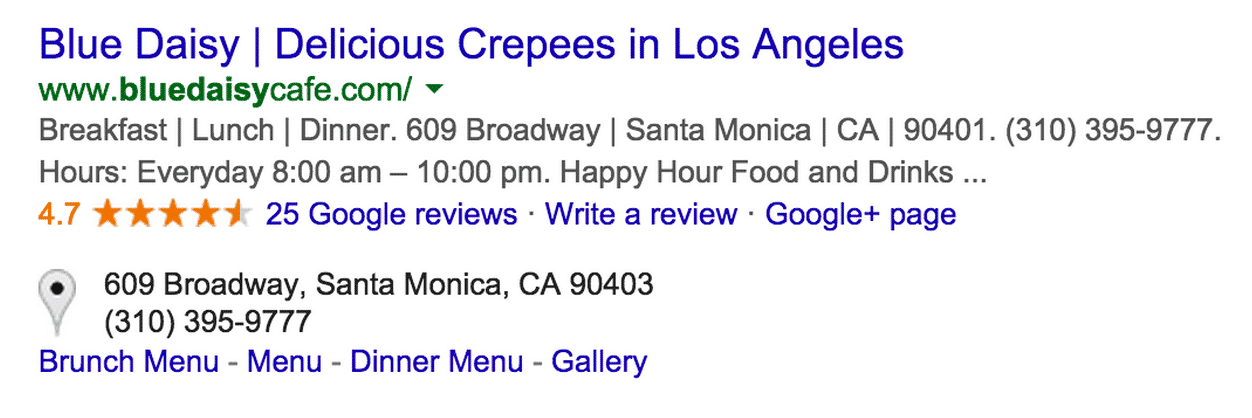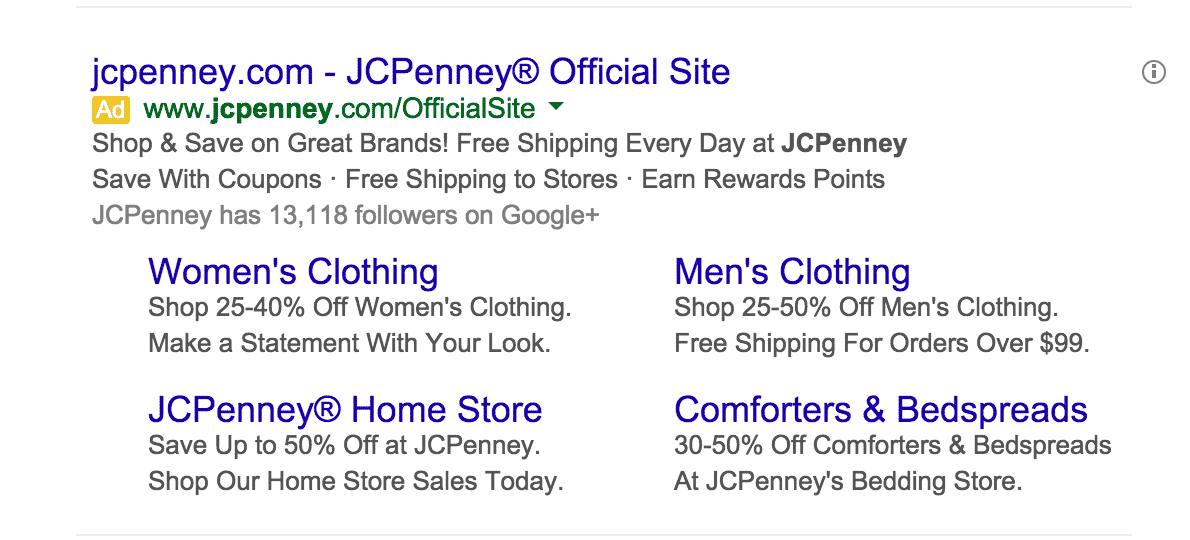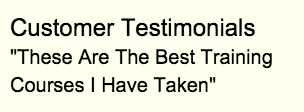by Jenny Hatch • April 3, 2015
The Ad Rank Formula Revealed
Win all the PPC Prizes By Knowing the Ad Rank formula.
We thought jockeying for position would end in high school. Then we found out that high school never ends (Thanks Bowling For Soup). The ad rank formula is Google’s way of making advertisers jockey for ad position. But I’m going to tell you the secret to being top of the class (or at least the top of the search page!)
The ad rank formula is made up of three parts:
- The maximum cost per click (CPC) bid
- The quality score
- The expected impact from ad extensions and formatting
Making sure each of these areas is top quality is the best way to get to the top of the search page. Does it sound like your chance of being prom king in high school is higher? It’s not! Start believing in your PPC abilities or believe in ours and we’ll do it for you!
Understanding Ad Rank
1. Cost Per Click Bid
We’ll start easy and tackle the CPC bid. Ad position is synonymous to popularity in high school–the top positions are most coveted, and maximum CPC is how much you’re willing to pay to get there. Google’s keyword research tool and the handy dandy status and average position columns in AdWords give provides guidelines to help learn where you are in relation to position number one.
The keyword research tool gives Google’s ballpark estimate of what amount to bid to get to the top of the page. Sometime this tool is accurate and sometimes it’s off. In general, when I add a new keyword to my account, I take Google’s estimate and round up to the nearest ten for my max CPC bid. So if Google estimates $14.26, I put my max CPC as $20 to start. After a few days I will start bringing the bid down if I’m in a good position or raise it again if I’m not in a good position.
The status column in Google AdWords will tell us if our bid is below the first page bid. Until I know better than Google (aka gain some experience with an account or industry), I will put my max CPC bid at Google’s recommended first page bid. In the picture above, I have disregarded Google’s advice and warning because I am in position 2 which is where the client wants to be.
Finally, the average position column tells where the ad usually shows up. As a quick review, positions 1-3 are usually on the top of the Google search results page and are more likely to be clicked. All other positions fall down the right hand side and are less likely to be clicked. I use average position as a general guideline for when to bid more and when I’m bidding enough. When I am in a super low position (5+), I will double my max CPC bid. When I am in position 1, I will slowly scale back my max CPC to squeeze a couple more clicks out of my budget.
At Disruptive, when we get a new account or are trying to improve performance in an existing account, we will often overbid in order to find the price of the number one spot, to get a good click through rate, and to boost our quality score. To read more about how that works, click here.
2. The Quality Score
The quality score is like being well-rounded in high school for college applications. It is made up of three parts: ad relevance, landing page relevance, and expected click through rate. Google gives each of these categories a score of below average, average, or above average. To get a better ad rank, make sure each of these categories is average or above average if possible. There are some ways to help boost the ranking in each of these areas.
To make ads more relevant, make sure that there is keyword match in your ad. This means that if the Ad Group is for blue daisies your ad should mention blue daisies. Not only does Google like this better, but your customers will notice, too, because blue daisy will be bolded. Typically, putting the keyword in the headline and display URL is enough.
Landing pages are more relevant when they have the keyword on them too. In the blue daisy example, if I click on an ad and am sent to a page with all types and colors of flowers, I will have to sift through everything to find the blue daisies. A better idea would be to send customers to a page of only blue daisies. For non-ecommerce businesses, dynamic keyword insertion can be used to make sure that the keyword is always on the page (just make sure that each keyword actually makes sense where you dynamically insert it.).
The last part of quality score is your click through rate. You can boost the click through rate by raising your CPC bid to ensure a good position (1 or 2). Adding lots of negative keywords will ensure that ads are showing for relevant searches. The more relevant searches an ad shows for, the more likely the ad will be clicked and a good click through rate will be achieved. Compelling ad text will also help boost both the click through rate and the ad relevance by being interesting and relevant to customers.
3. Ad Extensions and Formatting
Google offers seven ad extensions that can be used to make your ads take up more room, give more information to the customer, and boost ad rank. Ad extensions are like the sidekicks in high school that make us look better.
Ad extensions can make an ad look like this:
Instead of this:
Use as many ad extensions as possible. At the very least, everyone can have sitelink and callout extensions. Most businesses will also have call and location extensions. App, review, and automated extensions involve apps and enough reviews on Google’s approved list of reputable third-party sources to show, therefore aren’t available for everyone.
Because everyone can use sitelink and call out extensions, here are a few best practices for them:
- Callout extensions are best when they are written in sentence case. Don’t feel the need to use all 25 characters on callout extensions. If the extensions are shorter, more will show with an ad! Adding numbers in callout extensions make them stand out.
- Sitelink extensions are best written in Title Case. Use the optional description lines to get even more real estate with an ad. If review extensions aren’t an option, I’ll use a sitelink extension to highlight a customer’s review:
One last thing about formatting, if the first description line of an ad ends in a period or exclamation point, it will get boosted to the headline and make the ad appear longer. And it might even get a higher ad rank. Here is an example:
Now that the secret to being the top of the class is out, go use it and win those ad auctions! There is no need to let the Google Ad Rank confuse, befuddle, or keep campaigns from being the best any longer! Maybe we’ll find that high school ends after all….
How did implementing these tips help your campaigns launch to the top?











